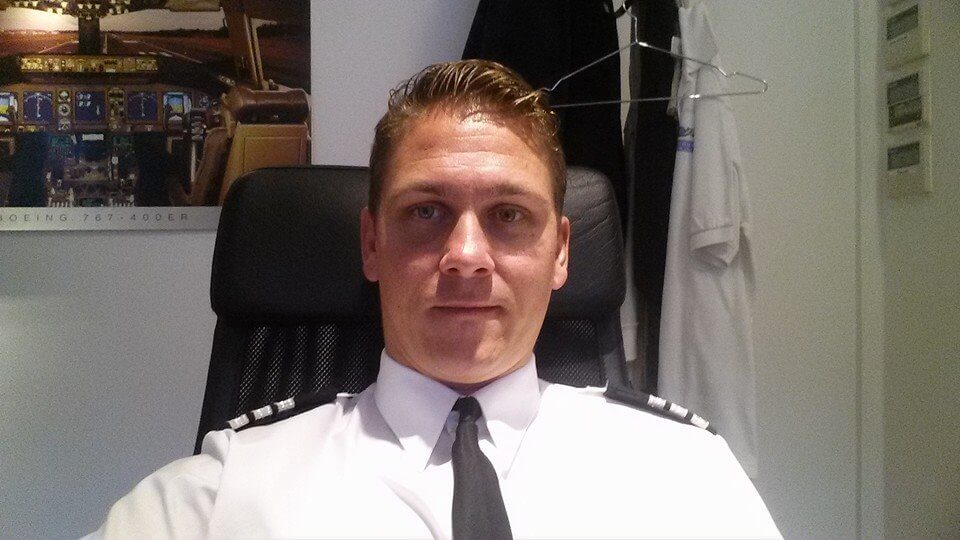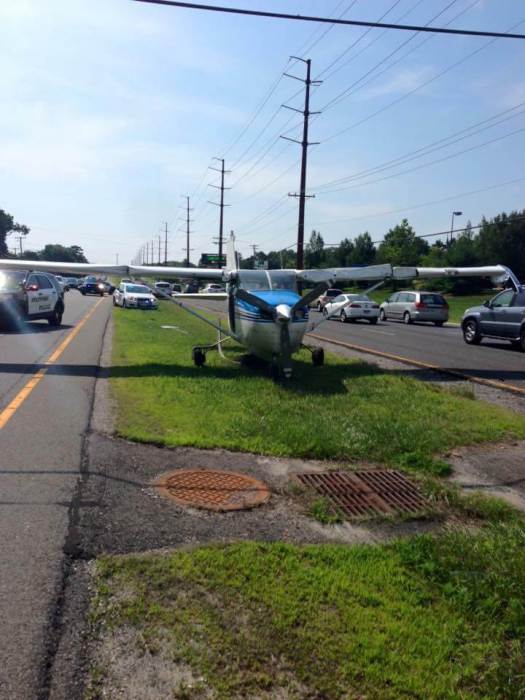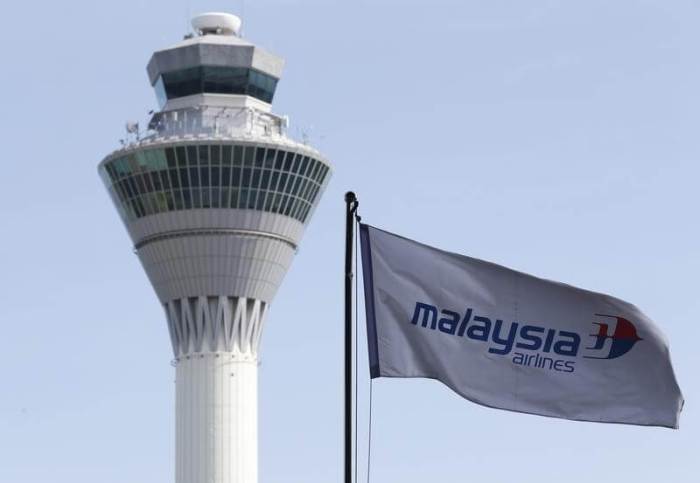Marseille-based pilot and aviation consultant Nicolas Coccolo presents his theory on the cause of the Germanwings A320 crash in the Alpes de Haute-Provence, southeast France.
Reports suggest that the Germanwings airplane plummeted from an altitude of 39,,000 metres to 5,000metres in 8 minutes. Can we describe this as a free fall?
— No, but the plane seemed to be in a controlled descending procedure. What is particularly striking in this hypothesis is that the pilots didn’t send a distress call to the air traffic control. In case of a controlled descent, you are supposed to use the oxygen masks, start the descent and contact the air traffic control. What could be the cause of this “controlled descent”?
— We can assume it was triggered by depressurisation, caused by an excessive air input inside the airplane. It forces the pilots to go down to an altitude of 9,800 to 13,000 feet, where the air becomes breathable again for humans. It’s a procedure all pilots know about: they receive special training once a year for this kind of incident. Once it has reached that level, the airplane usually lands in the nearest airport. What could potentially cause this depressurization here?
— This A320 was quite old so we can easily suspect a crack on one window, even though this is extremely rare. It’s also possible that something created a hole in the cockpit.
Why couldn’t the pilots stop the plane’s descent?
— We can imagine that the air supply broke. Despite the presence of oxygen masks, the passengers and air crew could have suffered from hypoxia and fainted. If they ran short on oxygen at that altitude, they probably fainted after less than a minute.
Aviation expert Nicolas Coccolo weighs in on Germanwings plane crash

Provided























